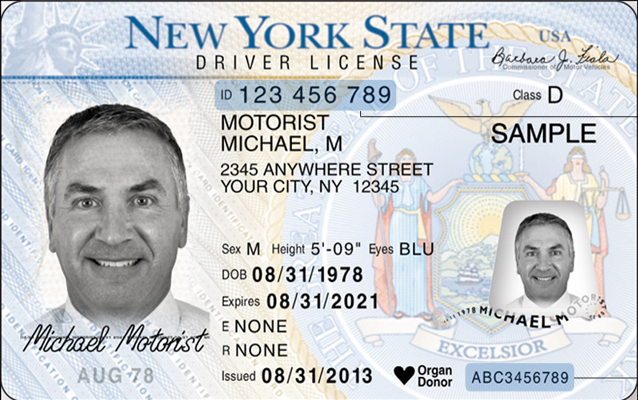No more phony IDs from the DMV thanks to improved facial recognition technology
But Privacy Issues Worry Many

The Department of Motor Vehicles’ upgrade of facial recognition software has allowed law enforcement to catch an increased number of fraudsters attempting to obtain second IDs, Gov. Andrew Cuomo said on Monday. Shown above is a sample of a New York State license. Photo courtesy of the NYS DMV
It’s gotten much harder to obtain a New York State driver’s license under false pretenses since the state upgraded its facial recognition technology 18 months ago, Gov. Andrew Cuomo announced on Monday.
Since launching the system at the Department of Motor Vehicles (DMV) in 2010, New York has red flagged more than 21,000 possible cases of identity theft or fraud. However, more than a third of these cases were generated since the software upgrade in January 2016, Cuomo said.
Out of the 21,000 possible cases, more than 4,000 have been arrested and more than 16,000 people face some sort of administrative action, according to the governor’s release.
